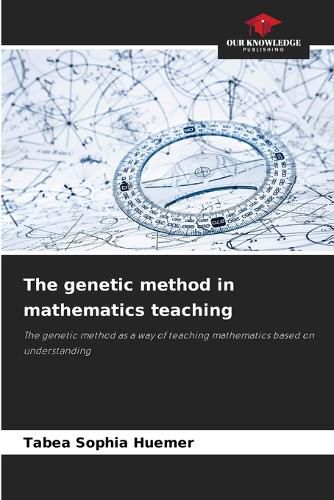Readings Newsletter
Become a Readings Member to make your shopping experience even easier.
Sign in or sign up for free!
You’re not far away from qualifying for FREE standard shipping within Australia
You’ve qualified for FREE standard shipping within Australia
The cart is loading…






The genetic method is an established method of knowledge transfer in the natural sciences, but it is rarely used in practice. This paper aims to examine the genetic method as such and to discuss its concrete application in the form of an exemplary lesson plan. The first part lists a number of theories that confirm the genetic method or show parallels to it. The second part analyses the genetic method in more detail. To this end, individual contributions by important representatives such as Martin Wagenschein and Walter Koehnlein are examined. The relevance of this method today is discussed, and criticism and support for the method are considered. The third part concludes with a look at practical application. Specifically, guidance for practical implementation and the requirements for teachers are provided. Finally, a lesson plan is developed that attempts to introduce the topic of conic sections using the genetic method.
$9.00 standard shipping within Australia
FREE standard shipping within Australia for orders over $100.00
Express & International shipping calculated at checkout
Stock availability can be subject to change without notice. We recommend calling the shop or contacting our online team to check availability of low stock items. Please see our Shopping Online page for more details.
The genetic method is an established method of knowledge transfer in the natural sciences, but it is rarely used in practice. This paper aims to examine the genetic method as such and to discuss its concrete application in the form of an exemplary lesson plan. The first part lists a number of theories that confirm the genetic method or show parallels to it. The second part analyses the genetic method in more detail. To this end, individual contributions by important representatives such as Martin Wagenschein and Walter Koehnlein are examined. The relevance of this method today is discussed, and criticism and support for the method are considered. The third part concludes with a look at practical application. Specifically, guidance for practical implementation and the requirements for teachers are provided. Finally, a lesson plan is developed that attempts to introduce the topic of conic sections using the genetic method.